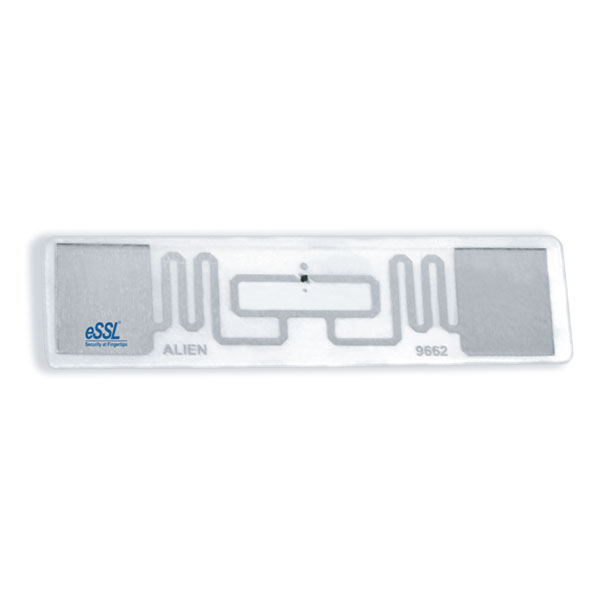UHF TAG
UHF tag from ESSL provide robust, reliable, and cost-effective RFID solutions. Our RFID tags are suitable for a variety of applications, including asset tracking, monitoring, logistics management and more.
Category: Cards, UHF Tags
| Feature | |
|---|---|
| — | High Safety |
| — | High Reading Rate |
| — | High Chip Sensitivity |
| — | Flexible Storage Structure |
UHF1-Tag2 Catalogue
Another potential disadvantage of UHF tags is their susceptibility to interference. Because they operate at higher frequencies than other types of RFID tags, they are more likely to be affected by interference from other electronic devices, such as mobile phones or Wi-Fi routers. This can result in reduced read rates or inaccurate data, which can be problematic in applications where accuracy is critical.
Despite these potential drawbacks, UHF tags remain a popular and effective solution for a wide range of tracking and identification applications. Their speed, efficiency, and versatility make them an attractive choice for businesses and organizations looking to streamline their operations and improve their bottom line. As technology continues to evolve, it is likely that UHF tags will only become more widespread and useful in the years to come.
Despite these limitations, UHF RFID tags are widely used in various industries, such as retail, healthcare, and logistics. In retail, UHF RFID tags are used to improve inventory accuracy and reduce out-of-stock situations. In healthcare, UHF RFID tags are used to track medical equipment and supplies, as well as to monitor patient movements in hospitals. In logistics, UHF RFID tags are used to track and manage the movement of goods throughout the supply chain.
In conclusion, UHF RFID tags are an important technology that has revolutionized various industries. They offer many advantages, such as high-speed inventory tracking and long read ranges, but also have limitations, such as sensitivity to interference and metal objects. Despite these limitations, UHF RFID tags are widely used in various applications and are expected to continue to grow in popularity as more industries adopt this technology.

